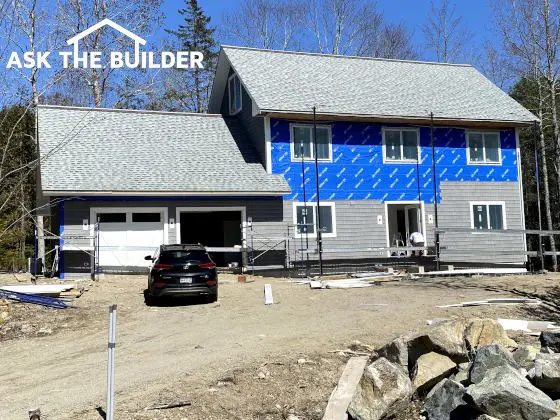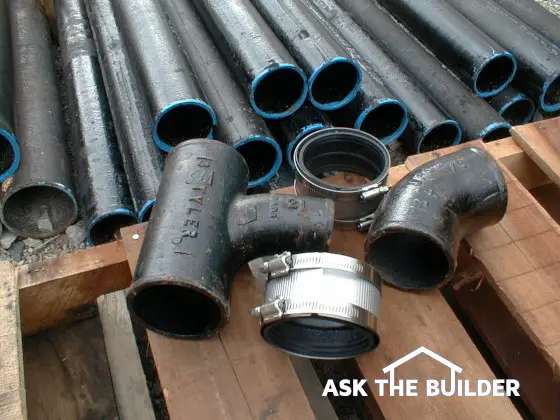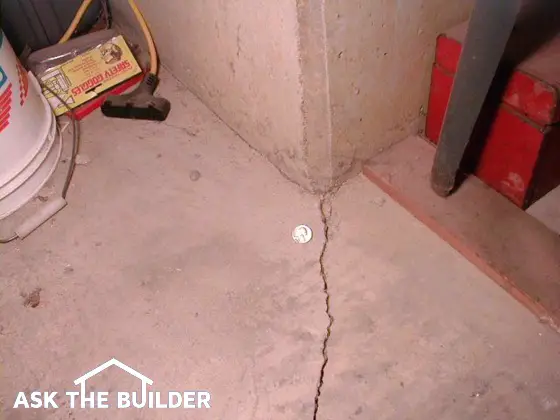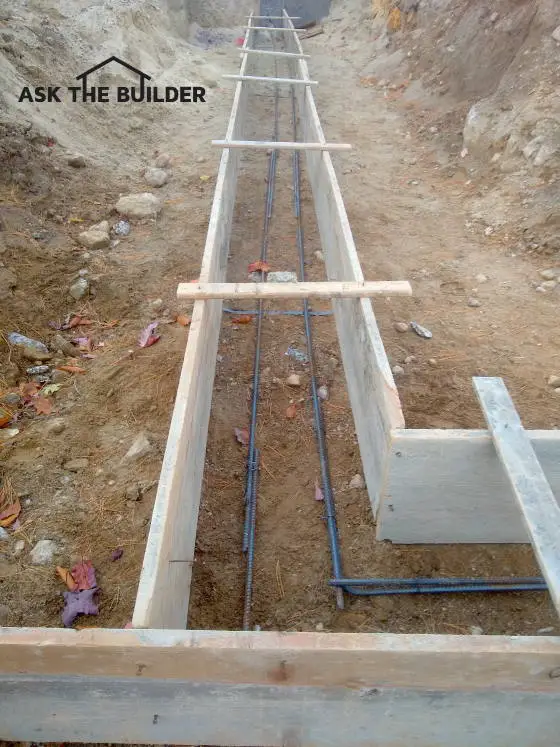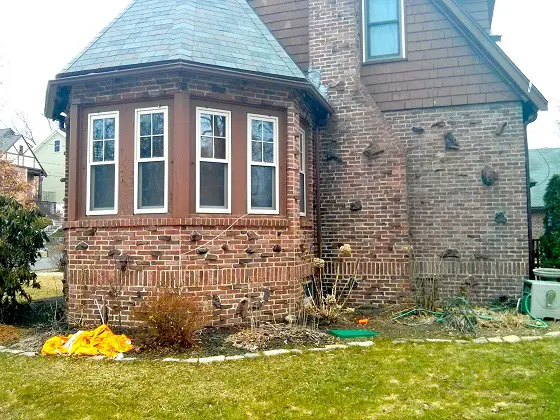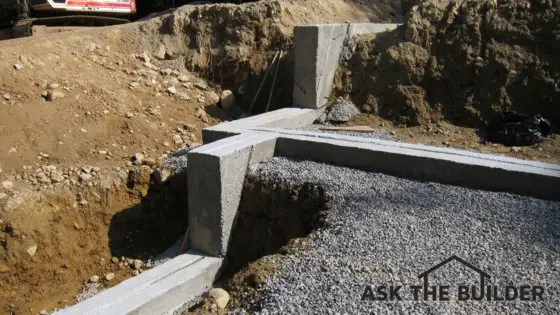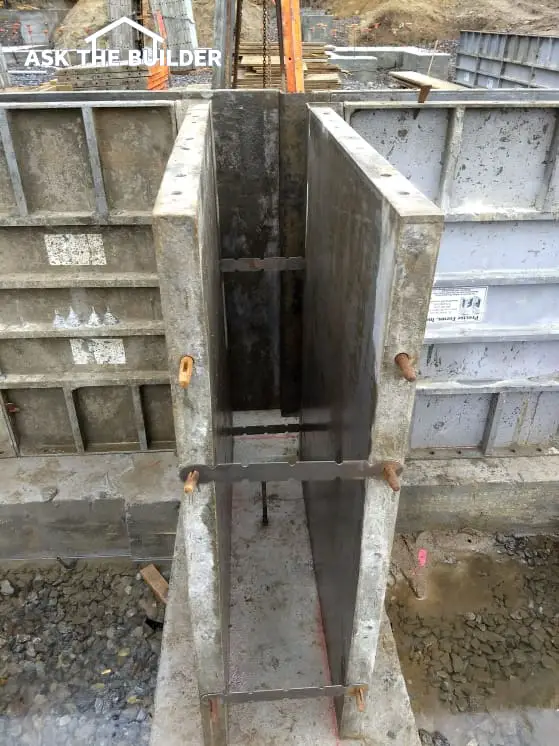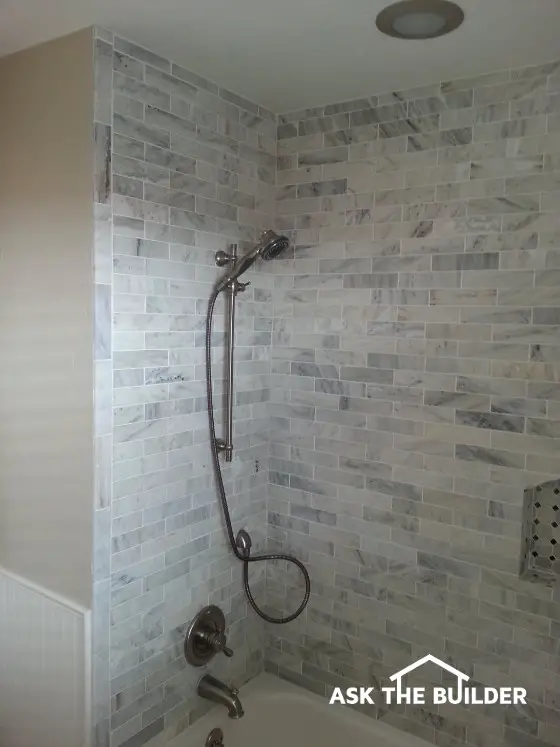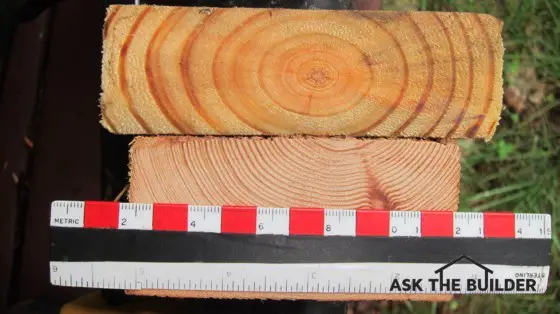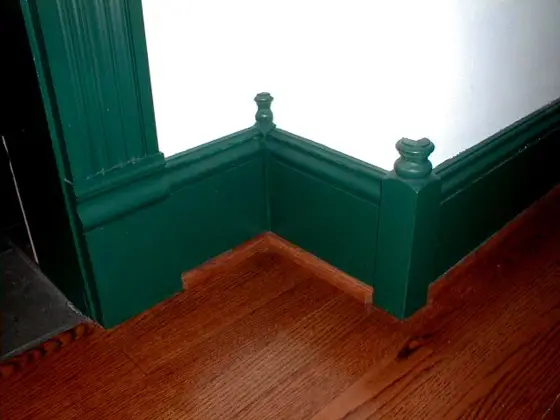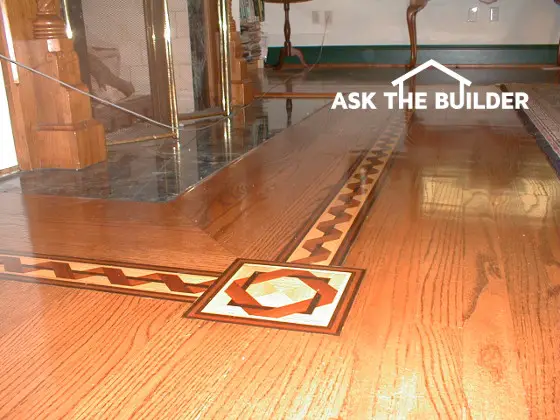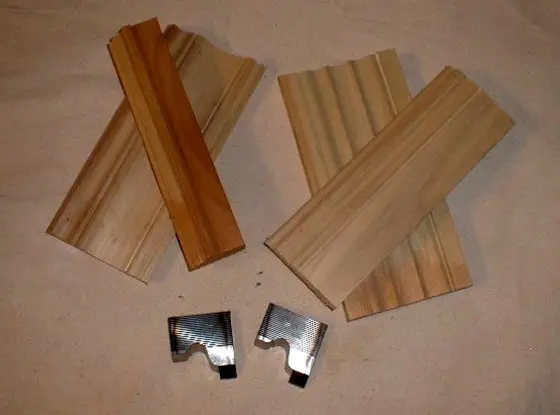
Custom Molding and Doors Make the House | You can get them and the price is so worth it. Those shiny pieces of steel are sharp knives that create the curvy profile on custom molding and trim.
Custom Molding - You Have No Idea How Important It Is
My guess is you've spent more than one or two weekends touring new model homes in various subdivisions. Many savvy builders hire professional interior designers to furnish the model homes so they sizzle more than a hamburger on a hot grill at a weekend picnic. But on move-in day at your new home, you walk into an antiseptic atmosphere as you look at bare painted walls and ceilings.
What makes a house into a custom home?
Custom molding and doors transform a plain-vanilla house into a custom home.
Stop and think for a moment. Have you ever been inside an older custom home - say one that is 100 or 125 years old? Aside from the tall ceilings, there usually were only two other things that made the interior of that house different from your new home.
The old house had smooth plaster walls and ceilings that look identical to your home's smooth drywall surfaces. The old home had hardwood floors just like your new home.
The only differences you can typically find are the woodwork and trim and the interior doors.
CLICK or TAP HERE to get FREE BIDS from local carpenters that can get you custom molding.
Do Carpenters Care About the Doors They Hang?
The finish carpenters who will work in your home don't care for the most part what type of doors they hang. Cutting a miter on a piece of trim to a large degree is the same no matter what the size and profile of the trim happens to be. You can make the inside of your home truly a custom home with a little bit of planning and some added cash. The end result will be dramatic and will put your friends' and neighbors' heads on a swivel when they tour your finished home.
Related Link
Real Custom Woodwork - It's All About Knives
Can you order special customer doors?
Did you know you can order custom solid poplar doors with solid poplar frames for nearly the same price as you might pay for a solid door at a lumber yard or home center. These poplar doors come in styles that you might have never seen before. Sure, you have seen 6 panel doors everywhere. You may have even seen some four panel doors at a particular model home. But have you ever seen a five panel door - one where the panels are turned sideways and stacked on top of one another? The look is very distinctive.
Tim, Where Did you Buy Your Custom Doors?
I purchased the custom doors for my last home from Brycon Wood Products in Canada. If you get yours from there, be sure to tell them "Hello!" and that you discovered them through me.
Can You Get Old Door Locksets?
The hardware for the doors can also add an extra touch. Solid brass hinges with traditional ball tops and bottoms to the hinge pins are readily available. If you want a more Victorian style these same hinges can be outfitted with pointed chimney tips on the ends of the hinge pins. Do you like locks that operate with old-fashioned skeleton keys? Your builder can install these full-mortise locksets. They add tremendous amounts of character to a new home.
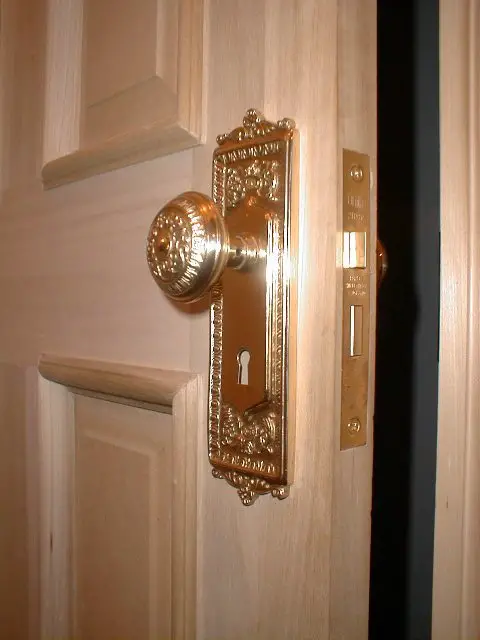
This is new hardware that looks like old. The latch is mortised into the door. You lock it with a skeleton key! CLICK or TAP HERE or the photo to order one.
How do you find custom wood trim?
You find custom molding and wood trim at a mill that makes them for you.
The wood moldings that frame doors and windows can be made from any wood species with any profile you can dream of. Forget about using those plain vanilla moldings that may be on the builder's selection chart. Visit one or two traditional lumber yards in your area and see what is really possible. In my city, one of these old lumber yards prides itself on the hundreds, yes I said hundreds, of different molding profiles it stocks. And if you don't see what you want, no problem, they will have your one-of-a-kind molding milled for you.
The moldings around windows and doors add depth and character. They allow you to make a statement that will stand the test of time. I liken custom wood moldings to mascara or lip gloss on a woman's face. These wonderful highlights can draw attention to things you might otherwise ignore.
Talk with your builder. Ask him what he thinks will work. Who knows where the discussion may lead. Depending upon his depth of experience you may end up with wainscoting, crown moldings, chair rails and cool decorative wall shelves. All of these subtle additions work together to set your new home well apart from the others in the cul-de-sac.
Column NH022



